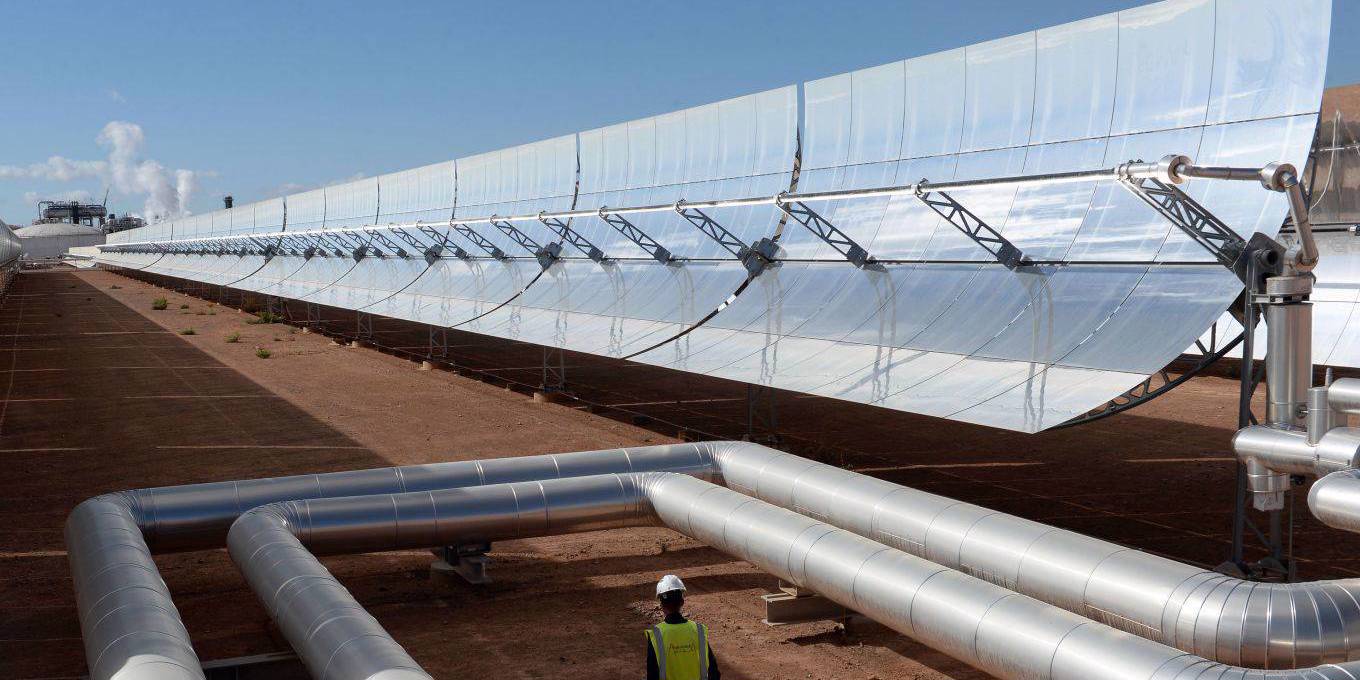How Africa Can Self-Finance its Economic Recovery | by Alain Ebobissé - Project Syndicate

In the wake of a continent-wide recession, a recovery designed and financed largely by Africans is well within reach. While the COVID-19 pandemic is hitting the continent hard, strategies such as asset recycling, continued digitalization, and stronger regional integration can help ensure that Africa is strong enough to fight back.
CASABLANCA – For Africa, the COVID-19 pandemic will likely mean negative GDP growth at unprecedented rates. In addition, several African countries are dealing with the aftermath of a commodity price collapse – another key contributor to current recessionary trends.
The continent must now navigate economic recovery while building resilience to future shocks. From strengthening the healthcare sector to nurturing broad-based economic growth, African leaders need to develop new strategies for solving structural challenges. With the continent’s external partners also hit by COVID-19 and focusing on their own domestic needs, and with capital fleeing from emerging markets (including Africa) at a record rate, even before the pandemic, Africa’s policymakers need to look inward.
One possible solution is a large-scale infrastructure investment program partly funded by mobilizing domestic resources through asset recycling, which enables governments to unlock capital tied up in what they already own. By offering these assets through concession schemes to credible private-sector investors, governments could free up funding for critical new projects. Such concessions promise long-term revenue streams and new infrastructure-investment opportunities that should attract more investment capital to Africa. Thus, asset recycling can help close the continent’s massive infrastructure financing gap, which the African Development Bank (AfDB) estimates at $68-108 billion annually.
Recyclable assets include power plants, toll roads, ports, airports, fiber-optic networks, pipelines, and more. The funds generated by monetizing these assets could be deployed in new projects with powerful multiplier effects, creating jobs and business opportunities throughout a country’s economy. This is critical, considering the massive job losses that the continent is likely facing and the millions of young people entering the workforce every year.
While asset recycling has never been tried in Africa, Australia has used it successfully to generate over A$25 billion ($18 billion) in three years by recycling just 12 state-owned assets. African governments could repeat this process across the continent to help close the annual infrastructure-financing gap.
Aside from the immediate benefits, asset recycling in Africa could attract a new class of infrastructure investors. In Australia, a combination of sovereign wealth funds, pension funds, and several private investment funds participated in such projects. Attracting similar investors by leveraging existing assets would end African governments’ dependence solely on donors and development finance institutions. My organization, Africa50, is currently discussing the implementation of asset-recycling projects with several governments across the continent.

